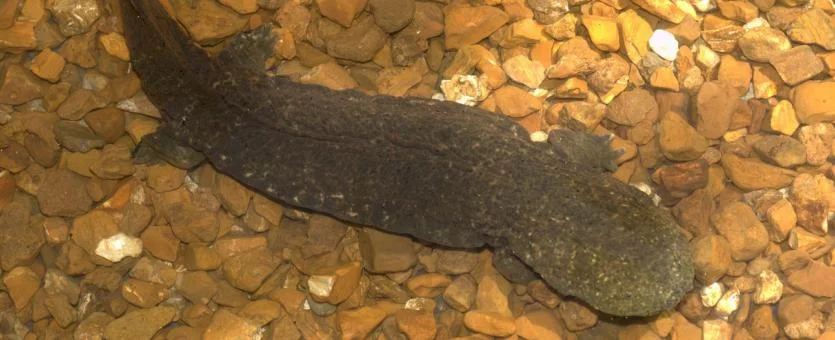The scientific name, in Latin, is ursus arctos horribilis — meaning horrible (or dreadful) arctic bear.
We call them grizzly bears or griz.
To this day, I recall the shiver that shot up my spine the one time I was in Yellowstone National Park. It was in 1997; I was with my son, then 7.
We were on a ranger-led hike when we came upon an animal carcass; it had recently been killed. The ranger suggested we move along because it might have been killed by a grizzly that might soon return.
It is a primeval fear to be near an aggressive predator that can both kill you and outrun you.
In a column early this month, I questioned why the state of Missouri flag has two griz on it when grizzlies never inhabited Missouri.
The bears first appeared on the Missouri State Seal, which was created in 1822 and served as the template for the state flag, which was not created until 1913.
While it’s historically clear grizzly bears never lived here at the time Missouri became a state in 1821, the question a reader brought up was this: Did they inhabit this land before then?
For example, were they here when this was the “Territory of Missouri,” which existed from 1812 until 1821?
Were there griz in the Ozarks before Lewis and Clark embarked on their Voyage of Discovery in the spring of 1804?
You might recall expedition leaders Meriwether Lewis and William Clark noted in their diaries how terrified they were when first encountering grizzlies.
Their first sighting was in North Dakota. They called it a “white bear” to distinguish it from the well-known black bear.
Lewis wrote in October 1804:
“Peter Crusat this day shot at a white bear he wounded him, but being alarmed at the formidable appearance of the bear he left his tomahalk and gun; but shortly after returned and found that the bear had taken the oposite rout.”
In some states, the last sighting or killing of a grizzly is documented.
But if grizzlies were here in Missouri, I don’t believe anyone wrote an obituary for the last one.
It is believed that 1916 was the year when the last known griz was killed in California, according to the Los Angeles Almanac.
The article further states that the last reported sighting of a griz in California was in Sequoia National Park in 1924.
According to the New Mexico Department of Game and Fish, the last known grizzly there was killed by a rancher with a rifle in 1931. But there also were unconfirmed sightings through the 1950s.
The grizzly bear was listed in 1975 as a threatened species in the lower 48 states.
The U.S. Fish & Wildlife Service removed the Yellowstone Park population of grizzlies from the threatened species list, but a federal judge restored protections for the Yellowstone-area population.
How many grizzly bears in Lower 48?
According to the National Wildlife Council, grizzly bears can be found in parts of Alaska, Washington, Wyoming, Montana and Idaho.
An estimated 1,500 are in the lower 48 states, 31,000 in Alaska, and 21,000 in Canada.
According to the Center for Biological Diversity in Tucson:
“Historically, they ranged from Alaska to Mexico and from the Pacific Ocean to the Mississippi River, but their numbers were vastly reduced by western expansion.”
I don’t know how long ago “historically” is, but if their range was “to the Mississippi River,” that would seem to include Missouri.
In my limited research, I found a website called The Springfield Plateau. A 2012 post states:
“The grizzly bear was probably extirpated in Kansas by the middle 1800s. Its original abundance in Kansas is unknown, but it was reported to have been common, and to have depended heavily on the great herds of bison for food.”
I should point out the use of the word “probably” in the above paragraph.
What this tells me is that if griz were “probably” in Kansas, they were “probably” in Missouri, as well.
On the other hand, it is generally stated that griz once roamed the Great Plains. I did not know until writing this column that Missouri is not considered to be part of the Great Plains.
Before I conclude, one more thing regarding the state flag.
It contains a string of Roman numerals. They represent the number 1820.
That’s when Missouri became a state under the Missouri Compromise of 1820, right?
Wrong. Missouri became a state in 1821.
The next time, if ever, we design a new state flag, is it asking too much to replace the grizzlies with hellbender salamanders, known by some as “snot otters,” who at least are Missouri residents?
And while we’re at it, can we get the right year on the state flag?


